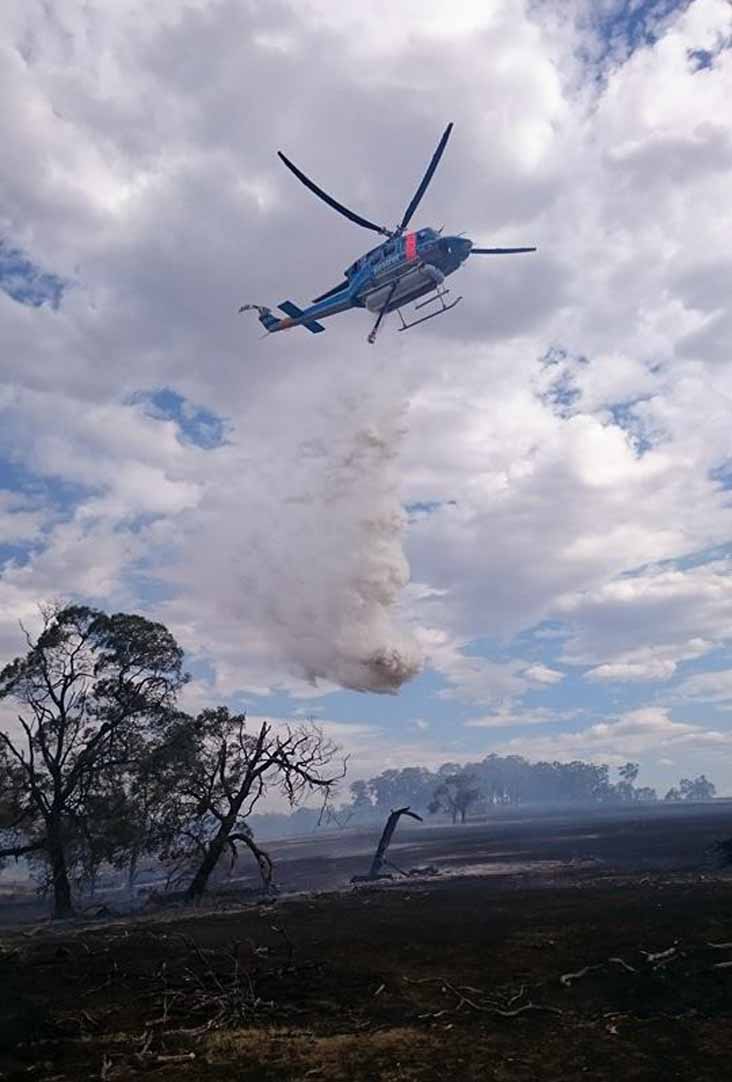A project to reduce the risk of fallen power lines starting bushfires and avoid a repeat of Black Saturday has blown out by $274 million in less than three years.
As Victoria faces a potentially severe fire season, the Andrews government and the state’s electricity distribution businesses are grappling with an enormous increase in the cost and complexity of installing power line safety technology in fire-prone areas.
Powerline faults caused 159 of the 173 deaths of the Black Saturday fires of February 7, 2009 and were responsible for an estimated $4.4 billion damage. Victoria elected after Black Saturday to adopt untried power line safety technology that promised to prevent fires and avoid the need to spend up to $10 billion replacing 40,000 kilometres of ageing poles and wires.
Called rapid earth fault current limiters, the technology was predicted in November 2015 to cost Victorians $151 million, but save $411 million in bushfire damage costs.
Energy Minister Lily D’Ambrosio said at the time that the limiters, though unproven outside of laboratory trials, “can reduce by 10 times the start of bushfires from faulty power lines”.
The devices operate like a safety switch for high-voltage wires, shifting the current from a fallen line into other cables within milliseconds. They are planned to be installed at 45 substations in the state’s most bushfire-prone areas by 2023 – but just one has been switched on so far, in Gisborne, with several more scheduled to be commissioned in time for summer.
But the rollout of the “world first” technology has blown out in cost by 269 per cent since the Andrews government mandated it in 2015.
Costs are ultimately expected to hit $540 million – $389 million more than initially calculated – due to a series of unforeseen technical problems. Figures published this month by the Australian Energy Regulator reveal the cost presently stands at $424.82 million, for stages one and two of a three-stage rollout. The Australian Energy Regulator has found that Victorian households will pay an extra $10 on their electricity bills next year, and between $7 and $12 in 2020, to cover stage two.
-The Age







